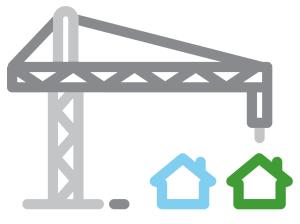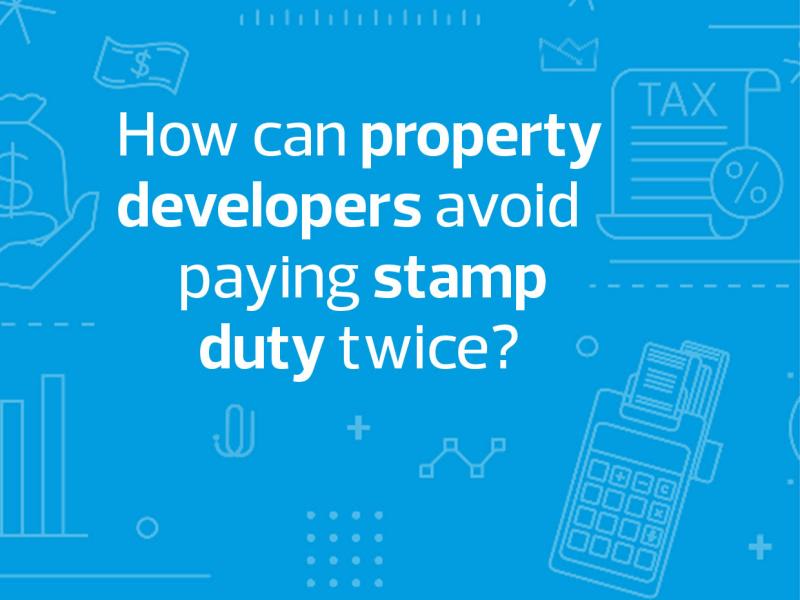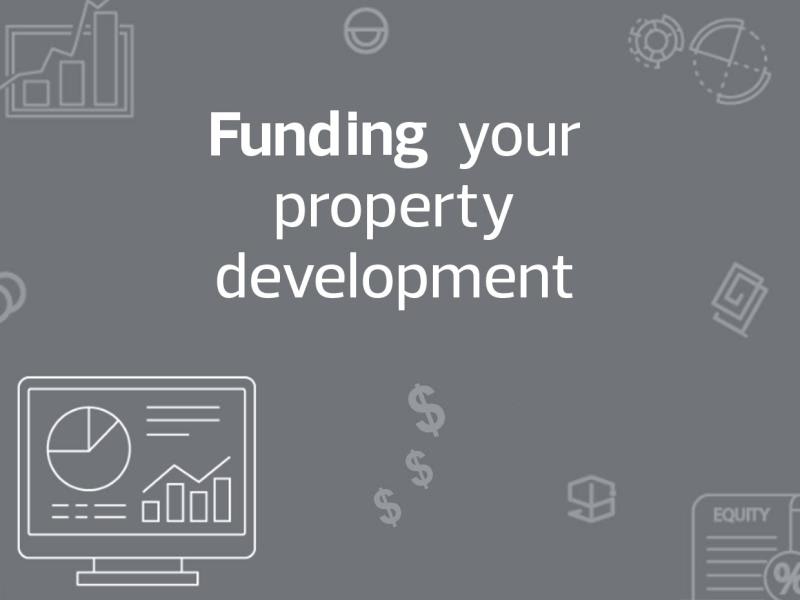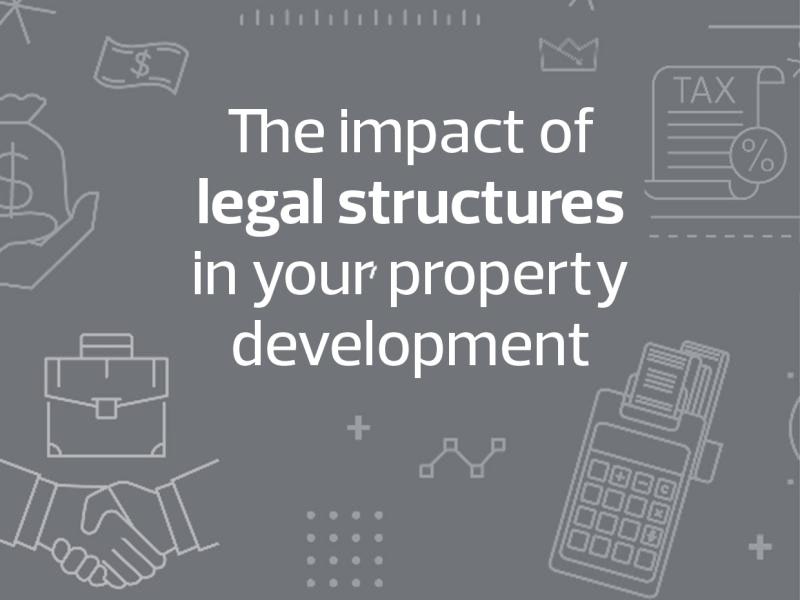For most businesses operating in Australia, GST is fairly straight forward.
As many of our clients are quick to remind us, ‘you just add 10%.'
Unfortunately, as those operating in the property development sector will know, the application of GST to property transactions can become highly complex, and given the quantum of the figures involved, getting the GST treatment wrong can have a significant effect.
 For property developers, depending on the type of property in question and the particular facts and circumstances of the vendor and purchaser, the GST treatment applied to the purchase or sale of property may either be:
For property developers, depending on the type of property in question and the particular facts and circumstances of the vendor and purchaser, the GST treatment applied to the purchase or sale of property may either be:
GST applies | GST does not apply |
|---|---|
|
|
Complexity arises in firstly determining the default GST treatment to be applied, secondly in determining whether an alternate treatment may be available that yields a better result, and thirdly, in considering any subsequent GST, stamp duty, or income tax considerations that may arise as a result of the choice made.
For the most part, many developers will be across the abovementioned complexities, however, all too often property transactions may be entered into without seeking specialist advice.
Some of the more common examples of mistakes made include:
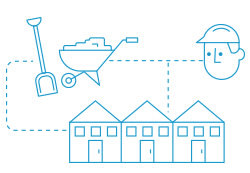
- acquiring a property as a fully taxable supply with the intention to develop and sell as new residential property. The fact that the property was acquired as a fully taxable supply will often prevent the developer from applying the margin scheme on the subsequent sale.
- acquiring a commercial property as a taxable supply (and thus paying GST on top of the purchase price), where instead the purchase of the commercial property may be eligible as a GST-free going concern.
- selling a new residential property as a fully taxable supply on the mistaken belief that you are ineligible to apply the margin scheme as the initial purchase included a taxable supply in part.
Example
If Lot A was acquired by the developer as a taxable supply, and Lot B was acquired as an input taxed supply, the subsequent amalgamation, subdivision, and sale of the subdivided lots will often be eligible for the margin scheme (albeit that some GST adjustments may be required).
- acquiring a property as a going concern and not tracing through to the vendor's purchase price in determining the amount of the margin to be applied on the subsequent sale by the developer under the margin scheme.
- as stamp duty on the purchase of property is often calculated on the GST inclusive purchase price, a considerable stamp duty saving may be available if the property is acquired under a GST treatment in which no GST applies (not taxable, input taxed, GST-free) or in which the amount of GST is reduced (margin scheme).
If you have any questions about the content contained in this article, please get in touch with your local RSM property and construction expert or contact Adam Crowley directly.




